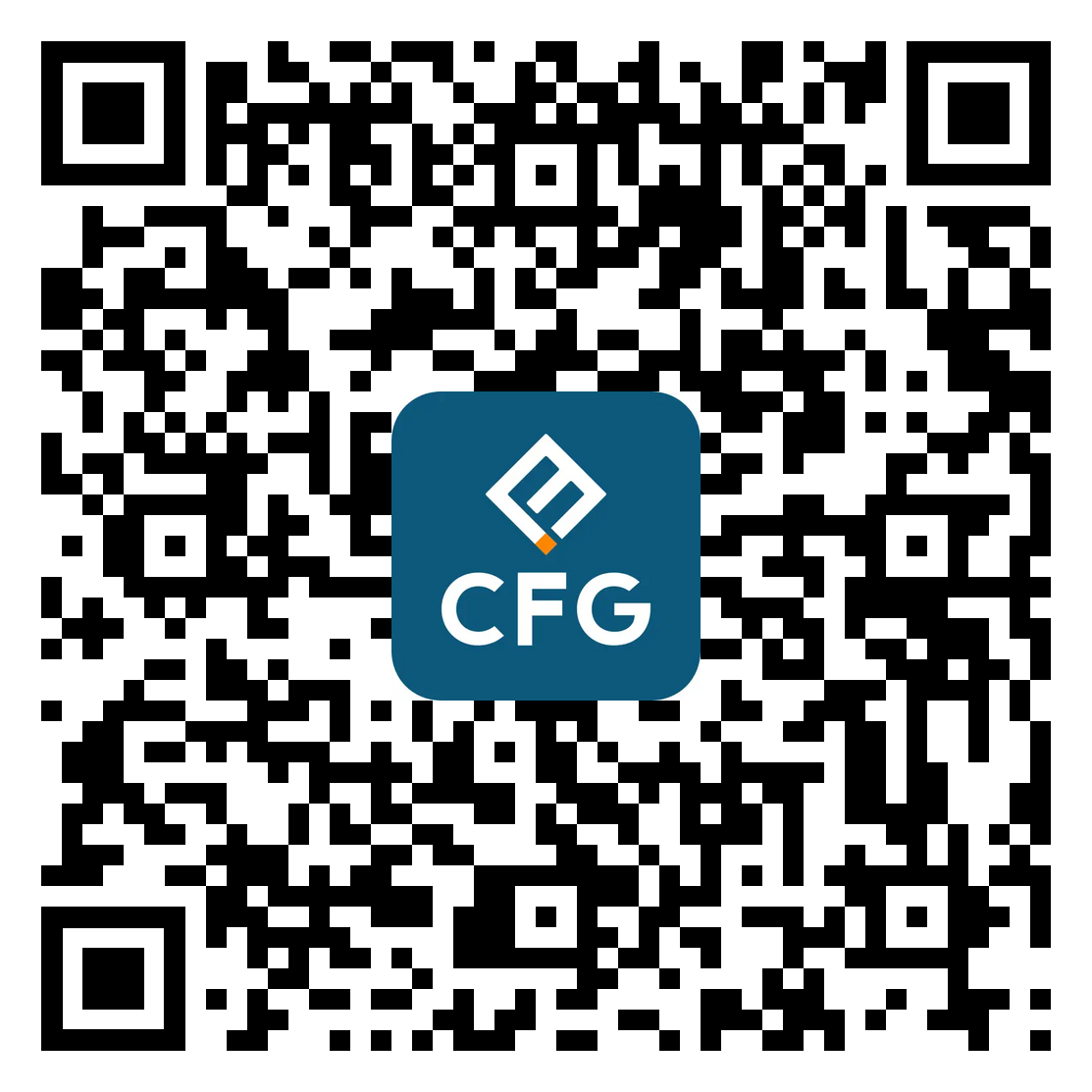What is a stock index?
A stock index, also known as a share index or stock market index, is a financial futures contract based on the stock price index. Buyers and sellers trade the price level of the stock index for a specified period. Upon contract expiration, the stock index is settled in cash to cover price differences.
Stock indexes are typically named after news or financial services companies and serve as benchmark indicators for measuring stock market performance. The most frequently traded indexes worldwide are primarily from developed countries and regions, including the United States, the United Kingdom, France, Australia, Germany, and Japan.
Futures brokerage firms act as intermediaries between traders and exchanges. Except for exchange members, all traders must invest through futures brokerage companies to trade stock index futures. CF Global Trade offers 24/5 stock index trading services, supporting more than 10 popular stock index products, including China 300, US Tech 100, Hong Kong 50, and Japan JPN 225.
The China 300 is an index asset based on the CSI 300 Index, with the trading symbol CHINA300. The CSI 300 Index is a benchmark index composed of 300 A-shares from the Shanghai and Shenzhen stock markets, covering approximately 60% of their total market value. As a result, it is widely considered a representative measure of the Chinese stock market's overall performance.
Main Features:• Strict sample selection criteria, focusing on actively traded component indexes.
• Stable sample stocks, using buffer technology to ensure regular adjustments.
• Industry distribution of the index aligns with the overall market industry composition.
The Hong Kong 50 Index (HK50) is based on the Hang Seng Index (HSI). Its trading symbol is HK50. The HSI is compiled by Hang Seng Index Company Limited, a wholly owned subsidiary of Hang Seng Bank in Hong Kong.
The index consists of 50 major component stocks (i.e., blue-chip stocks), representing the largest and most influential companies in the Hong Kong stock market. It is an average stock price-weighted index that regards circulations as the weight. The index comprises four sub-indexes: Industry & Commerce, Finance, Real Estate, and Public Utilities, and is calculated using the weighted market capitalization method. The total market capitalization of its constituent stocks accounts for 65% of all listed shares on the Hong Kong Stock Exchange.
• A stock price-weighted index that uses circulation shares as the weighting factor.
• Clearing companies provide performance bonds to support trading activities.
The US Tech 100 Index (NAS100, or Tech100) is a stock market index that tracks the 100 largest non-financial companies listed on U.S. stock exchanges. It is a market capitalization-weighted index, composed primarily of leading technology firms such as Amazon, Comcast, Cisco, eBay, Google, and Yahoo. Unlike the S&P 500 Index, the US Tech 100 Index excludes financial institutions and companies headquartered outside the United States.
Main Features:• The average daily trading volume of its component stocks exceeds 200,000 shares.
• Quarterly and annual financial reports are required for strict screening.
• A capitalization-weighted index with safeguards to prevent excessive influence from any single company.
• Reviewed annually and adjusted based on stock performance and the previous year’s exchange rate.
• Focuses on the technology sector, making it highly volatile and rapidly changing.
• One of the most authoritative stock indexes globally.
The Japan JPN 225 Index, also known as JPN225, tracks the 225 most representative stocks listed on the Tokyo Stock Exchange. This index is based on the Nikkei 225 Index, which has been compiled since 1949, making it one of the longest-standing and most reliable indicators of the Japanese stock market’s performance.
The JPN225 is widely used for analyzing the long-term trends and structural changes in Japan’s economy. The index is reviewed annually, with its constituent companies spanning various industries, including pharmaceuticals, financial institutions, and other key sectors.
• Price-weighted index
• High liquidity
Stock index trading involves buying and selling specific stock indexes. For instance, if the CSI 300 Index is expected to rise in the future, investors would theoretically buy the China 300 Index and sell it at a higher value to generate a profit. This principle is similar to stock investing—investors purchase stocks when they anticipate a price increase and sell them after appreciation. However, a key distinction between stock index trading and stock investing is that index trading allows for two-way transactions, meaning investors can profit not only from buying but also from selling an index when they expect its value to decline.
The price of a stock index is primarily influenced by the underlying index itself. Since stock indexes are impacted by multiple factors—including macroeconomic data, economic policies, corporate news related to constituent stocks, trends in international financial markets, investor sentiment, and time to contract maturity—the price movements of stock indexes are also subject to these influences.
• When the short position exceeds demand, the price of the futures contract will fall.
• When the long position exceeds demand, the price of the futures contracts will rise.
Most index brokers do not charge commissions but instead profit from the bid-ask spread (the difference between the bid and ask prices). The spread offered by CF Global Trade is among the most competitive in the index market. Click here to see details
Leverage up to 1:140Investors can use leverage to amplify their investment. The leverage ratio varies by product, and currently, stock index margin trading allows leverage of up to 1:140. For example, with an investment of $1,000, you can control a position worth $140,000. However, effective risk management is crucial in stock index trading, as high leverage can magnify both potential profits and significant losses.
Hedging FunctionStock index trading allows for two-way transactions, meaning there is no distinction between bull and bear markets. Regardless of market direction, traders can generate profits as long as they make the right trading decisions.
Strong Resistance to Market ManipulationStock indexes represent a diversified basket of stocks. Manipulating a stock index requires a significantly larger amount of capital compared to a single stock. As a result, stock indexes are less susceptible to market manipulation by a small group of investors.
Initial margin refers to the minimum amount of funds a trader must deposit when placing an order.
Day Trade Margin and Weekend MarginDay Trade Margin refers to the minimum margin requirement a trader must maintain during trading hours. If the margin requirement is not met, the trader will be required to close or offset the position.
Weekend Margin refers to the minimum margin requirement a trader must maintain to hold a position overnight. If the required margin is not maintained, the position must be closed before the market session ends.
SpreadA spread refers to the difference between the bid and ask prices. For traders, a smaller spread results in lower trading costs. Over the long run, the spread can significantly impact the overall profits or losses of day traders but has minimal effect on mid- and long-term traders.
In stock index trading, two key prices determine transaction execution: the BID price, which represents the price at which traders can buy the index, and the ASK price, which is the price at which they can sell. The spread is the difference between these two prices and serves as the transaction cost.
Traders calculate their profit or loss using the following formula:
Gross profit or loss = (ASK - BID) × contract unit × traded lots ± overnight interest (if any) - commission (if any).
If you trade through the CF Global Trade Platform and buy 20 lots of Tech 100 (a lot = $20), the BID price at the time of purchase is 4873.500. Later, you sell your stock index position at the ASK price of 4874.500 at closing.
The gross profit is calculated as follows:
Gross profit or loss = (ASK - BID) × contract unit × traded lots ± overnight interest - commission
(4874.500 − 4873.500) × 20 × 20 ± 0 - 0
= $ 400
If you trade through the CF Global Trade Platform and sell 10 lots of China 300 ( 1 lot = $10), the ASK price at the time of opening is 3461.2, and you close your position by buying back at the BID price of 3459.4.
The gross profit is calculated as follows:
Gross profit or loss = (ASK - BID) × contract unit × traded lots ± overnight interest - commission
(3461.2 − 3459.4) × 10 × 10 ± 0 - 0
= $ 180
-
 Terms of stock index contract
Terms of stock index contractProvide 10 major stock indexes worldwide, low spreads, and leverage up to about 1:400
-
 Learn about CF Global Trade platform
Learn about CF Global Trade platformThere are a total of 68 kinds of CF Global Trade trading platforms for margin trading, which support computer and mobile versions, various charts, and technical indicator analysis.
Join us
Different trading models share the same investment opportunity. Open an account anytime and download the platform






